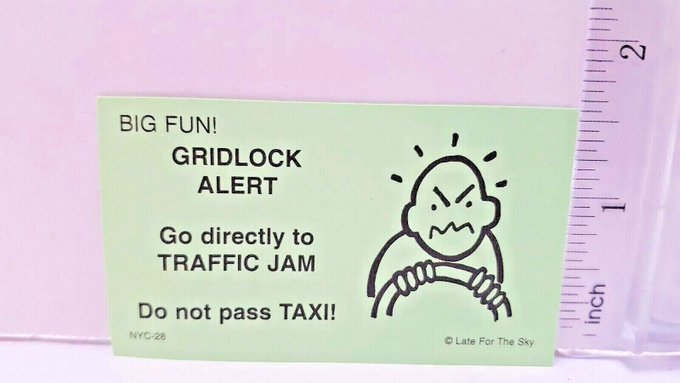Sunnyside
Senior Member
I've long thought of restoring the railway on the trail here. Tearing it out in the 90s was a huge, shortsighted mistake as it is the only escarpment rail access within built-up Hamilton, the only one that goes towards lake Erie and could open up both freight and passenger service possibilities.The existing rail connection here goes from Nanticoke to Caledonia to Brantford, it's a quite circuitous route and not particularly useful for passenger service.
Passenger service on a useful route (i.e. direct to Hamilton) would have to use the abandoned ROW between Caledonia and Hamilton, which would involve the closure of the escarpment rail trail in Hamilton, a very popular recreational trail in the city. It wouldn't be popular, though it would be a fairly logical extension of service from Hamilton Centre GO.
I'm not opposed to the rail route actually, it would service Caledonia, the Hamilton Mountain area, and Hagersville, all fairly quickly growing communities. Just not sure the political practicality of reviving the abandoned ROW up the escarpment.
Port Dover is growing quite quickly right now (grew 13% 2016-2021, over 2.5% a year), and Empire has a ton of land holdings on the greater Niagara Peninsula here, so it makes sense.
This large of a community here, if paired with growth occurring in Norfolk County and in Caledonia, Hagersville, etc., would likely lead to a revival of the old Highway 6 freeway plans of the 1980's to service it as well. At the very least an extension of it to Caledonia and likely bypasses of Hagersville and Jarvis.
I think the utility of this route as a GO service would be tremendous for the Nanticoke/Port Dover area, and also for Caledonia and the east mountain, and the airport area (maybe a spur?) in Hamilton. Such an expansion would require not only track restoration, but likely new tracks to Hamilton centre GO, which might as well be bundled into this scheme for the already-constrained station as a logical terminus. Luckily the portion from Caledonia to the Lake Erie area is still intact, albeit worn. I'm sure there is a way that we could restore the ROW and preserve a trail component alongside it, even around the escarpment. Unfortunately, this would be a much bigger no-brainer if the tracks weren't torn up already.









